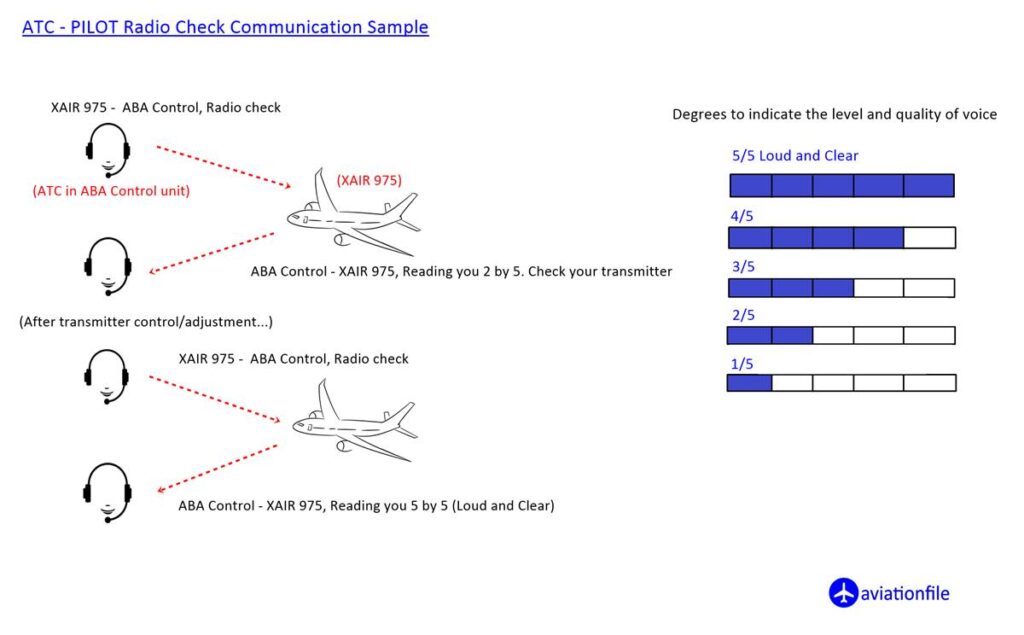What is Blind Transmission?
As in many industries, safety is extremely important in the aviation industry. Many rules have been set and many practices have been established to ensure safety in aviation. One of the most important issues that ensure safety and security is correct and precise communication.
In aviation, there are many different employees who communicate with each other during daily operation. There is constant communication between pilots and air traffic controllers, air traffic controllers and airport personnel, pilots and ground handling workers. It is extremely important to prevent misunderstandings during communication. There is an essential rule in these forms of communication that we have roughly explained, which is “Read-Back”. “Read-Back” generally means that the transmission is repeated by the received party during conversations. This ensures a correct and complete understanding of the instruction(s).
ATC – PILOT Communication Example
Let’s talk about Read-Back methods with a simple example:
PILOT: ABATWR, XYZ123 request taxi runway 23L.
ATC: XYZ123, ABATWR taxi to holding point runway 23L via C taxiway.
PILOT: ABATWR, XYZ123 taxi to holding point runway 23L via C taxiway. – THIS IS READBACK !
ATC: XYZ123, ABATWR Affirm.
As seen in this example, the pilot repeated the taxi instruction given by ATC in the same way, and then ATC confirmed that the instruction was correct by saying “affirm”. This was an example to a Read-Back procedure.
Blind Transmission Definition
In addition, sometimes there are situations where the receiving party cannot do Read-Back. “Blind transmission” is used in such times. Blind transmission As specified in ICAO doc4444; “A transmission from one station to another station in circumstances where two-way communication cannot be established but where it is believed that the called station is able to receive the transmission”.
Well, what are the situations where blind transmission should be applied? It is possible to give many examples on this subject, let’s take a look at a few.
As an example, let’s consider an airplane that is about to land, in the final approach phase. At this time, a sudden change in wind values monitored by ATC can be observed. It would be helpful to transmit the latest wind values to the pilot, but the pilot may not be able to respond as he/she is in the final approach phase. In this case, the wind is transmitted by ATC as follows:
ATC: XYZ123, ABATWR blind transmission, wind 240 degrees 12 gusting 23 knots.
Pilot: No Read-Back !
Here, the controller informs the pilot of the latest situation, but does not expect a response to his/her message with pointing that it is a “Blind Transmission”.
As we said, it is possible to reproduce the examples, especially in cases where radio loss is thought but not sure, “Blind transmission” can be applied.
By the way the quality of the communication is controlled by radio check procedure. The diagram about that is just below.

Article about Standard/Aeronautical phraseology.


